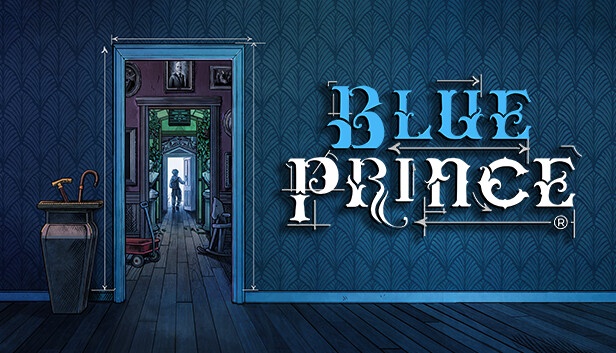This article will contain some spoilers for the…structure of Blue Prince? Honestly it’s a hard game to talk about in these terms. There aren’t any puzzle solutions in here, but there might be references to things you haven’t yet realized are puzzles. I have attempted to include screenshots which are not obviously related to entry-level puzzles.
Blue Prince, from game director Tonda Ros at the head of studio Dogubomb, is the game of the moment for April 2025. The centralization of social media into two or three particular services and the rise of Steam as a sort of omni-store has led to an odd sort of monoculture in gaming even as the wider realm of Western television and film have shattered into choose-your-own niche silos over the last twenty years; four to five times a year, a title will simply jump out and become the most important thing in English-language gaming for a period of time. Sometimes those periods of time are very short; most people figured out Dragon’s Dogma 2 wasn’t for them very quickly and the moment moved on inside of a week. Sometimes it heralds sustained, ongoing success: Helldivers 2’s memetic, meteoric popularity lasted long enough that Sony executives took notice and tried their best to fuck it up with dog-brained rentier behavior.
Blue Prince’s path forward probably looks a lot more like Dragon’s Dogma 2 than Helldivers 2, given it’s both much more inscrutable and much more single-player than the games that seem to find sustained long-term success from this kind of overnight fame, but it’s still comfortably one of the best games I’ve played this year. The premise is simple and deceptively structured: You are the heir to Mt. Holly, an estate whose rooms reset and floor plan changes every day. (In the world of Blue Prince this is normal, or at least unremarkable.) The estate has forty-five rooms in it; in order to satisfy your grand-uncle’s will and inherit his grounds and title, you must discover and open Room 46.
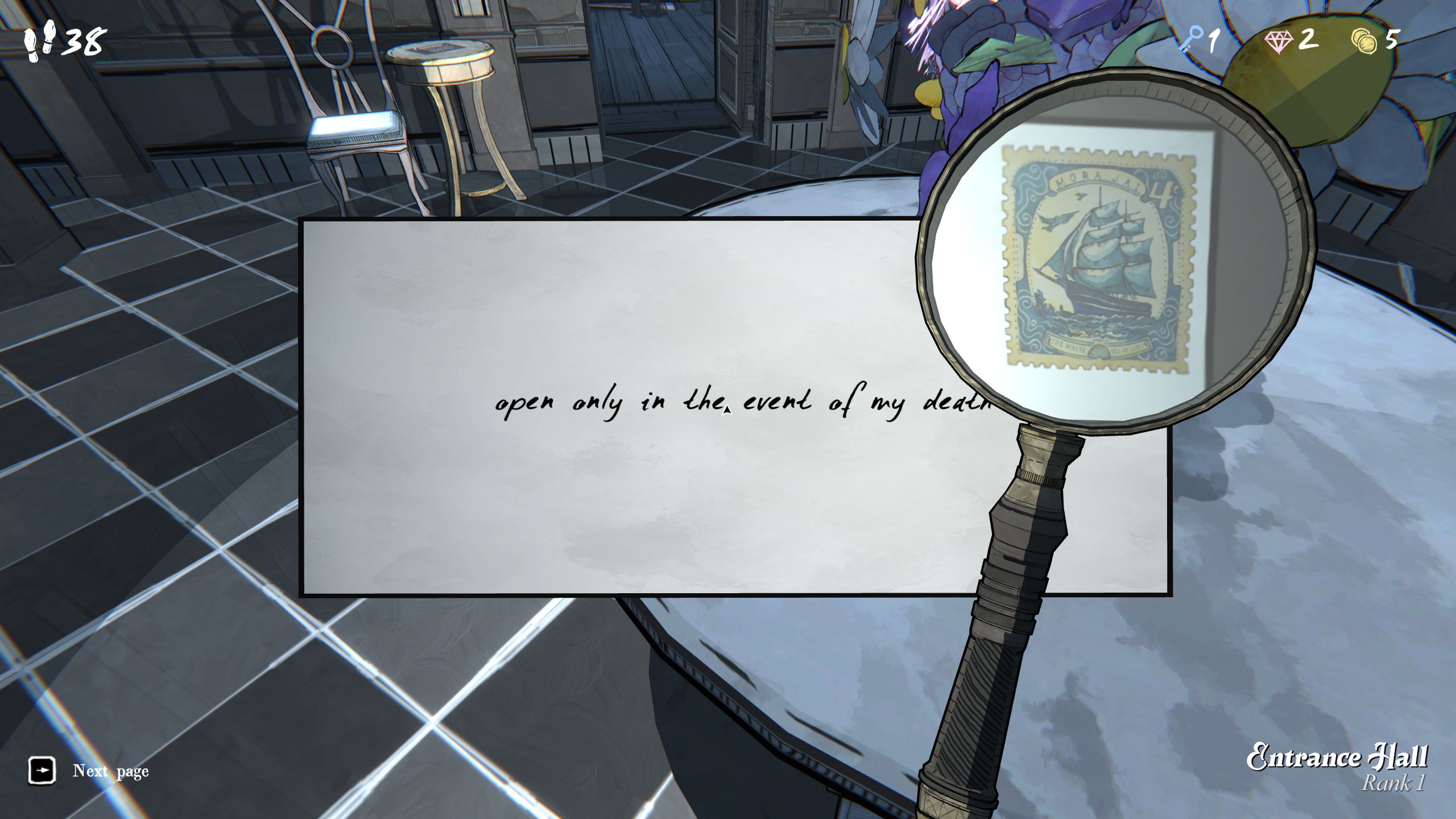
This is a run-based game; you have a board (the floor plan) and you fill it up with rooms until you run out of resources, suitable rooms, or commitment to the current run, at which point you reset. Much of Ros’s previous work has been centered around or adjacent to Magic: The Gathering, and it’s no surprise that the mechanism for getting rooms into the estate to help solve the mystery of Mt. Holly is by drawing a selection of three rooms and choosing which one you want to put down — drafting cards; drafting blueprints. It’s a pun. Blue Prince is also a pun. You’re going to need to be familiar with those and with every other kind of puzzle or trick imaginable if you want to defeat Blue Prince. The direct mechanics of the game concern themselves with mundane resource management and positioning — you have a number of Steps (not literal steps) per day that you can take before you become exhausted and reset your run, and this number can be manipulated in many ways; you have a number of Keys you can use to unlock doors or chests per day, and this number can be manipulated in many ways; you have a number of Gems you can use to buy rooms or perform other tasks per day, and this number can be, well, you get the idea — but the real game is happening on different layers above, below, inside, outside, around, and across the space and time of any individual run. That sounds vague because it is; any concrete example of this in action constitutes a spoiler, because anything in this game might be a puzzle.
This maybe somewhat-paradoxically makes Blue Prince easier to talk about, because you can reduce it down to a logline: It’s Slay the Spire meets The Witness. This loses some nuance, sure, but the game marries the run-based proceduralism of the former very well with the latter’s continual up-ante of “Wait, this is a puzzle? Wait, this is a puzzle?!” This makes it a bit less focused than either Slay the Spire, which exists entirely within the contours of its own mechanics, or The Witness, which had a purity of design based around taking a single mechanism and expanding, changing, and riffing on it in every way possible; the central drafting mechanic of Blue Prince and its associated run-based constrictions are at most some thirty or forty percent of what the game asks you to do. The other puzzles in Blue Prince will require mathematics, handwriting analysis, color coordination, word association, long-form reading, both parallel and non-parallel thinking (this is where having a journal, as the game advises, or a literal digital whiteboard to collect and collate your notes will help) and a whole lot of screenshotting. There is a truly ridiculous level of complexity to the game, which will have the side effect (perhaps not unintended) of you thinking everything is a puzzle, even things which are not — but never fear. The vast majority of the time, yep, that’s a puzzle.
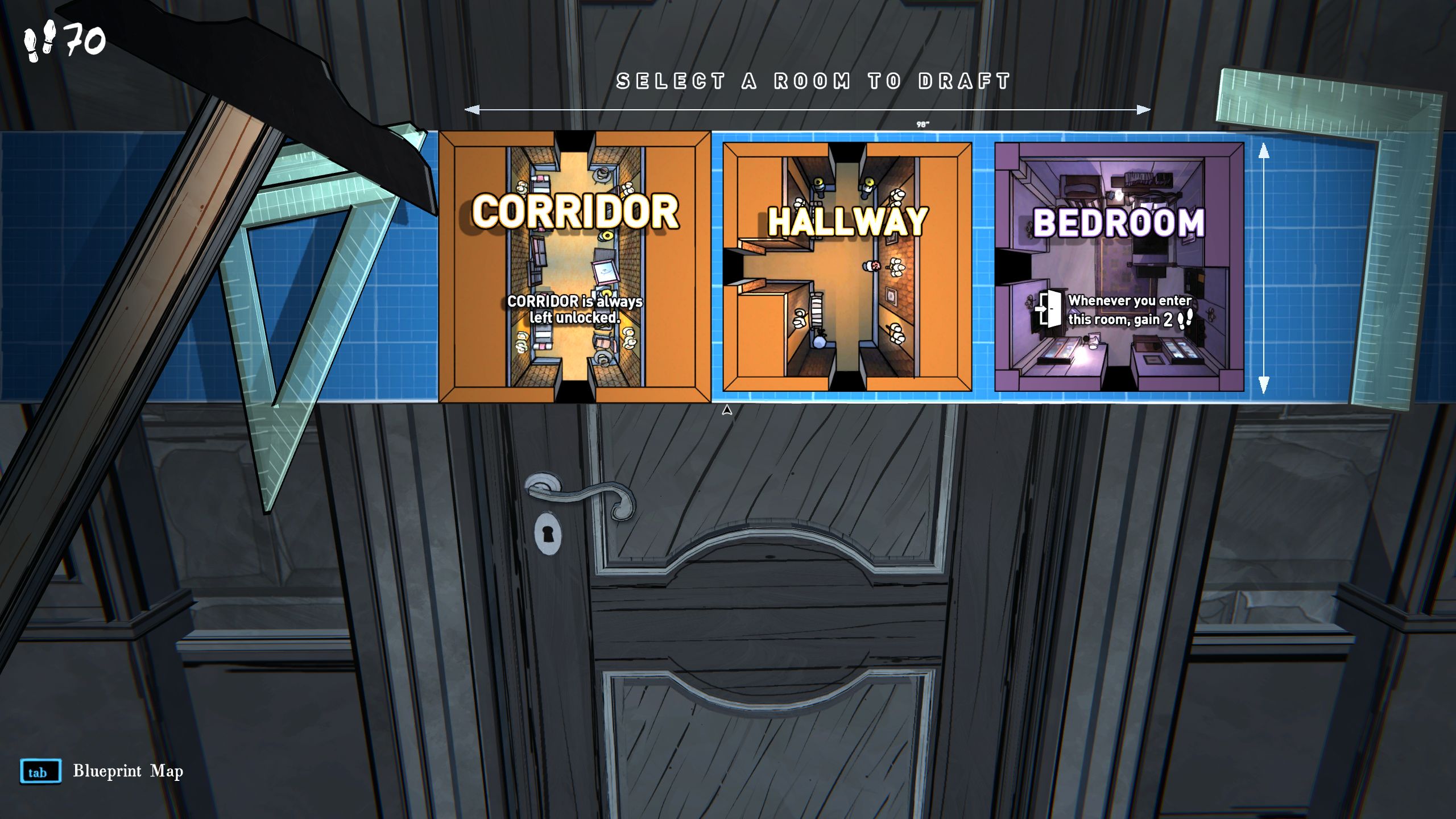
This brings us to the question of accessibility. Blue Prince has the menu option for a color-blind mode, but as of this writing hasn’t implemented it. It’s hard to recommend Blue Prince as a game “for everyone” not just because not everyone prefers slow, idiosyncratic puzzle games that constantly bump up against an RNG mechanic, but also because some people are going to have significant difficulty playing it. Color is very important to many of the high-level puzzles in this game and even a number of the low-level puzzles, like the Billiards Room dartboard game that you’ll run into within ten minutes of starting a new file. It’s not only central to a number of puzzles in and of itself, but in the fictional setting of the game Blue Prince, color is incredibly political and the presence or absence of certain colors in certain places actually can mean something in the narrative. Even with a suitable color-blindness setting (which no one as yet has worked out how to do with a 100% success rate since expressions of color blindness are so diverse), you have to be able to see colors the way the majority of people see colors to function in the society of Blue Prince normally. (So far that I have seen the game has not touched on this aspect of its fiction; I wonder if it will at any point.) Furthermore, a relatively high level of English literacy is required for the higher-end puzzles. You can get away with just knowing the alphabet and doing letter substitutions for entry-level stuff, but eventually puzzles will involve reading hundreds of words of text, interpreting metaphor, theme, and code in the surface-level content of that text, and then using that information elsewhere in the manor. This is going to be a very difficult game to translate into other languages, and as of this writing the developer does not have any localizations planned.
In the end I think this is what it is. At the very least the game probably should have shipped with the color blindness accessibility options. Thankfully there are very few puzzles that are only color or language based, and very many symbol-based redundancies; for instance, in the Billiard Room dartboard puzzle, you can get pretty far by just knowing what placement and symbols indicate what, and if colors truly stump you, you can brute force the options using the other information you have. If you as a non-native English speaker are so entranced by the world of Blue Prince that you improve with the language just so you can read all the books in the Library, then I think that is actually a credit to the game rather than a demerit, and more power to you. But these are barriers worth mentioning.
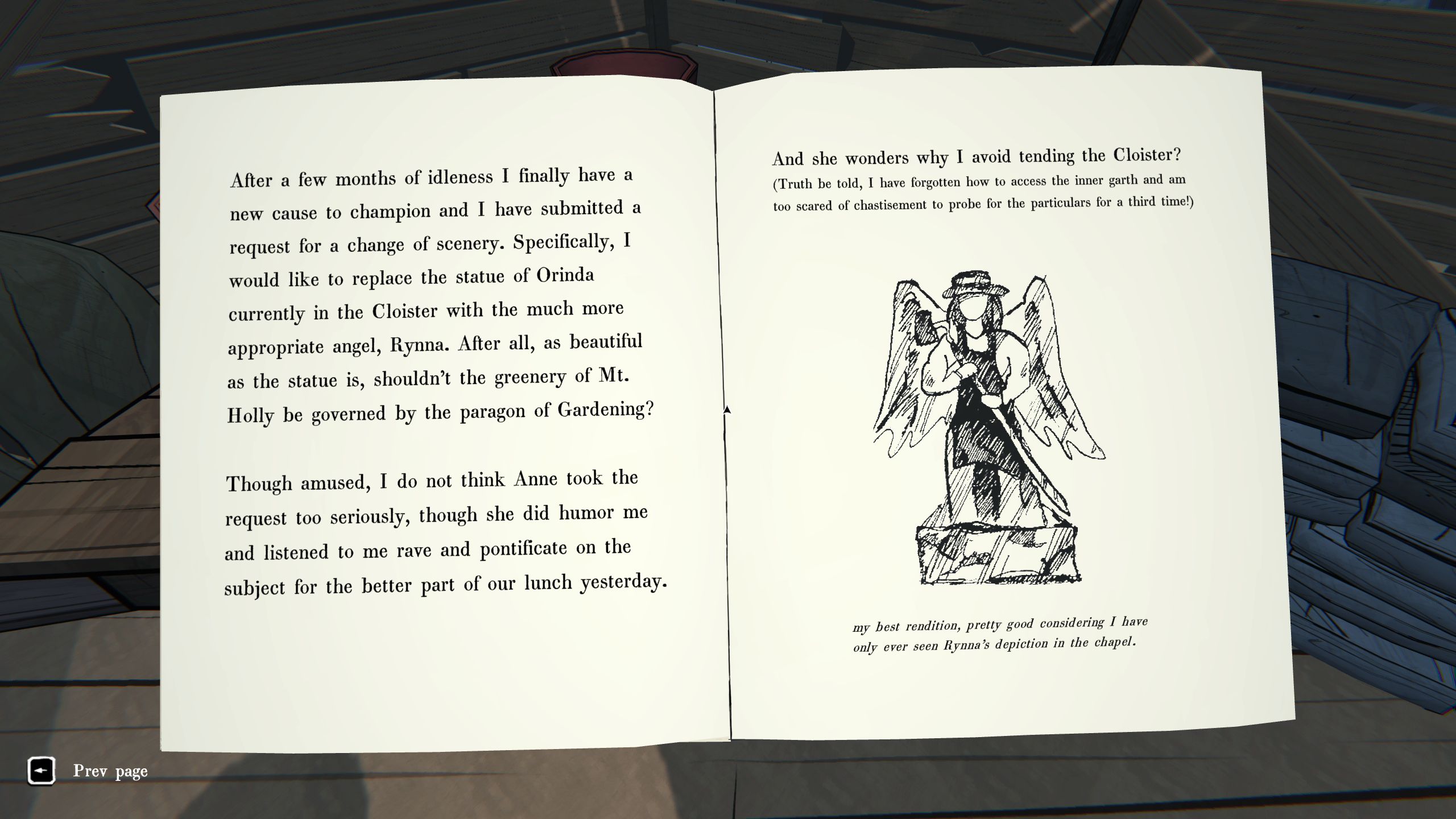
I’ve reached the credits; it took me twelve-odd hours and thirty-something in-game days, I forgot to screencap precisely how many. My mind was elsewhere; Room 46 was relatively low on my priority list of mysteries by then. The function of the credits in Blue Prince is to provide everyone who wants to be done with the game and move on with their life the polite fiction that the game is over. It’s not a bait-and-switch or a “princess is in another castle” moment. You get a resolution to the mechanical game…of a sort. You get a resolution to the narrative…of a sort. You’re given an out to put the game on a shelf, uninstall it for a little while, and get on with other business. Most people will, and should, take this out. But for the sickos, there’s an entire looming superstructure still there, hinted at in the strange, ominous musings of the fortune-teller machine or the odd bits of occluded puzzlery that intrude on the edges of each run, beckoning you back.
My compromise here was to stop playing the game myself and turn to a professional: A Twitch or YouTube streamer who literally pays the bills by figuring this out for a live audience. My professional of choice has been Stephen “Jorbs” Flavall, whose life has been consumed by this title for going on two weeks now, but there are many others out there. Blue Prince might not demand an approach wholly as rigorous as his “create a Figma and a spreadsheet and begin screenshotting and cross-noting every single thing in the game that might possibly be a puzzle” process, but it demands at least, like, ninety percent of that kind of dedication once you start seeing the shape of the full thing. I’m not sure how long he’ll stick with it; I’m not even sure how long I’ll stick with it, given I’m so far behind already. But this is the sort of dedication and passion that the craftsmanship of Blue Prince inspires. If you think that’s for you, I think you should give it a shot.
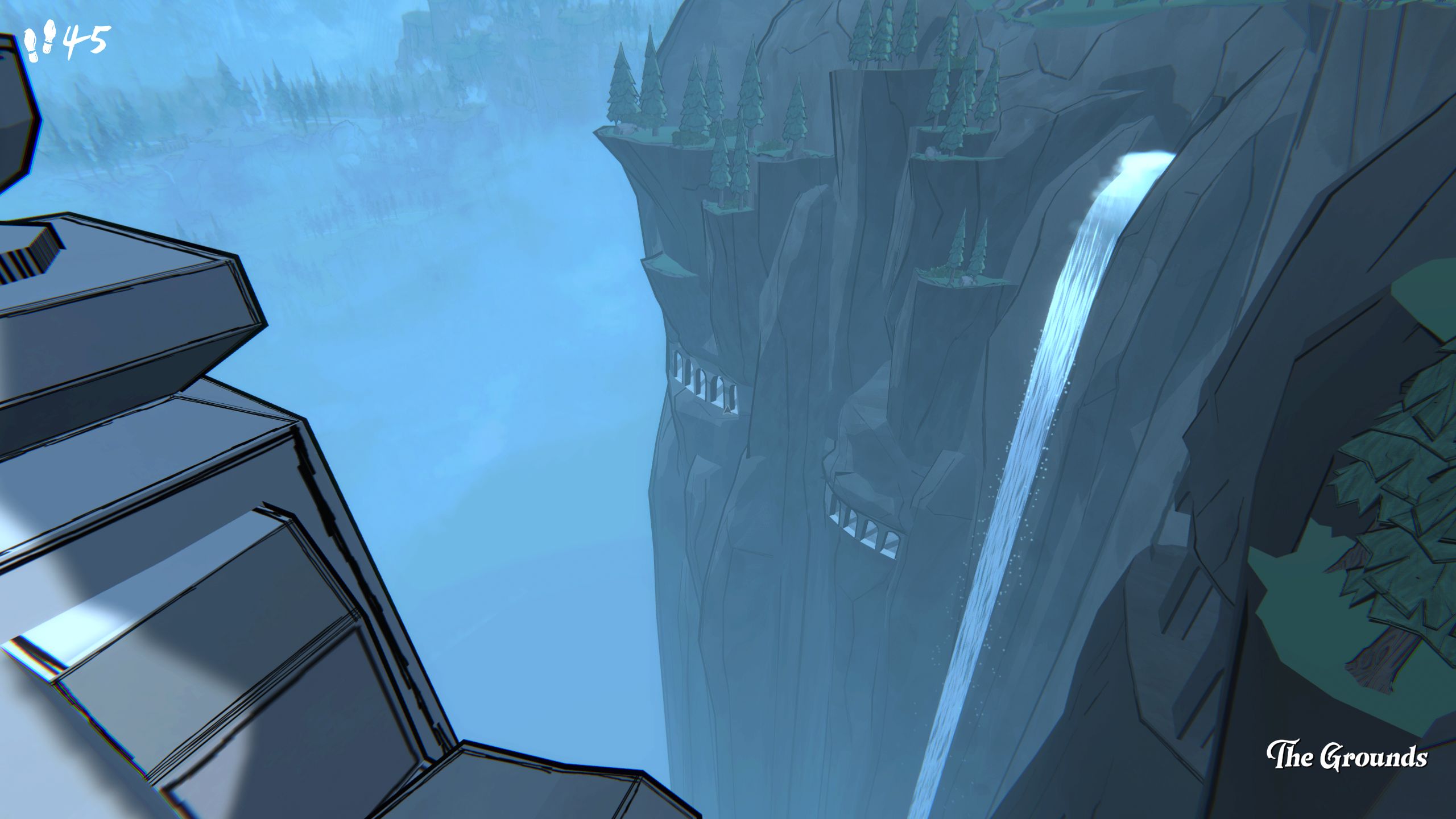
Final Verdict: It’s a $30 game on Steam; I’d have bought it for $40, given the amount of time I’ve dumped into it both as a player and a viewer, along with the fantastic, clean and simple art style, the sparingly-used but effective music, and the incredible sound design; simple keys opening simple locks have never sounded so good. While room selection is randomized, solutions to puzzles are not, so your knowledge will always persist across runs; what this means in terms of “replayability” is a personal decision. High-level Blue Prince play by someone who knows what they’re doing is a completely alien experience filled with jargon and baffling choices to the uninitiated; you’ll either one day become that sicko or find yourself satisfied by the end credits.
Have any questions or feedback? Drop us a note in the comments below or email us at contact@goonhammer.com. Want articles like this linked in your inbox every Monday morning? Sign up for our newsletter. And don’t forget that you can support us on Patreon for backer rewards like early video content, Administratum access, an ad-free experience on our website and more.
